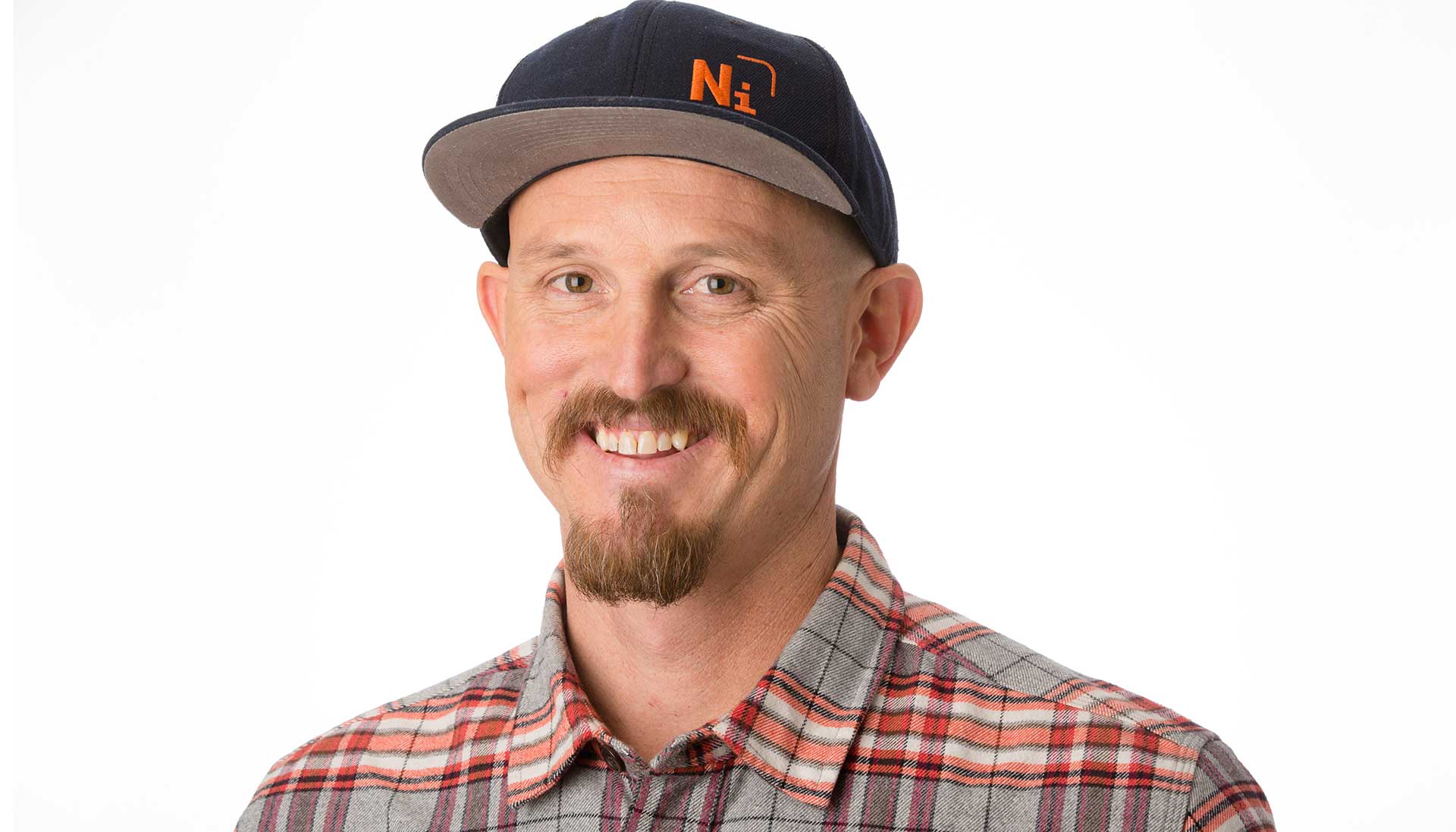
Meet the Speaker: Mick Ebeling
Mick Ebeling began his career as a film and television producer. Now, the filmmaker traffics in making the seemingly impossible possible. First stop on that journey was the EyeWriter, a device that enabled his friend Tempt, a graffiti artist paralyzed by ALS, to create art using only the movement of his eyes. Since then, through his nonprofit Not Impossible Labs, Ebeling has continued to pursue collaborations with a personal twist. Inspired by Daniel Omar, a Sudanese teenager who lost his arms, Project Daniel created an open-source, 3D prosthetic printing lab aimed at helping victims of the Sudanese civil war.
In advance of his upcoming Chicago Ideas Conversation with Jeanne Marie Olson, we talked to Ebeling via e-mail about how he tackles such complex problems—and what he plans to solve next.
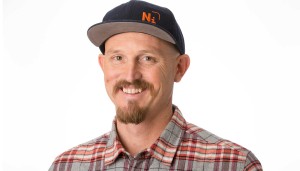
In his recent book Not Impossible, Mick Ebeling chronicles he used the skills he picked up as a filmmaker to tackle seemingly impossible problems.
Working on the EyeWriter was in many ways a personal project. What was it like to tackle—and complete—that type of project? How did the personal nature of the project play into what you were able to accomplish?
When I first sat down with Tempt’s father and brother, I told them we were going to give them money and asked them what they intended to use it for. Tempt’s brother said emphatically, “I just want to talk to my brother again.” That really hit home for me. I am a father, and I am a brother, just like these two men. How could I not help?
I promised them right then and there that we would find a way to help Tempt communicate again, and I told them that we would go one step further. We would make it so Tempt could actually draw again. My philosophy is to commit, then figure it out. Nothing about that is as easy as it sounds. Committing can be daunting and scary. You start to hear yourself say, “What if I fail?” and “You can’t do this.” As scared as I was that I might fail Tempt, I ignored that voice. I mean, if I didn’t do something, who would? Nobody had thus far.
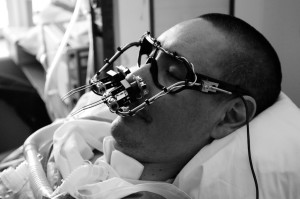
Using the EyeWriter, Tempt was able to create art through only the movement of his eyes.
Creating the EyeWriter was an absolutely exhilarating experience. A group of computer geniuses and I were on a mission to help Tempt. We were fans of his art—we wanted to see him make more. I simply couldn’t allow an artist like him remain silenced. When we finally completed the EyeWriter, Tempt described it best: “I feel like I had been held underwater, and someone finally reached down and pulled my head up so I could take a breath.” Knowing that was the effect we had on Tempt, I knew that we had done something truly special. We had given him his voice back. Tempt was, and still is, a constant inspiration to us.


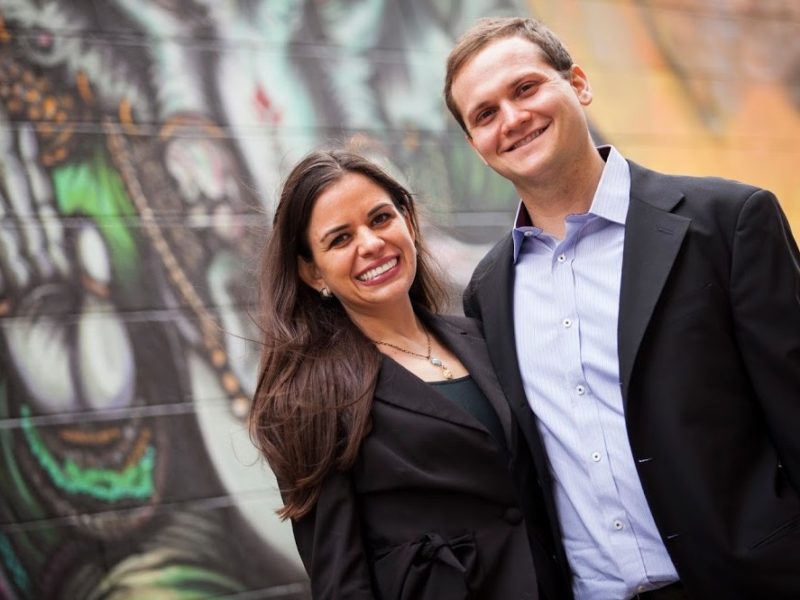
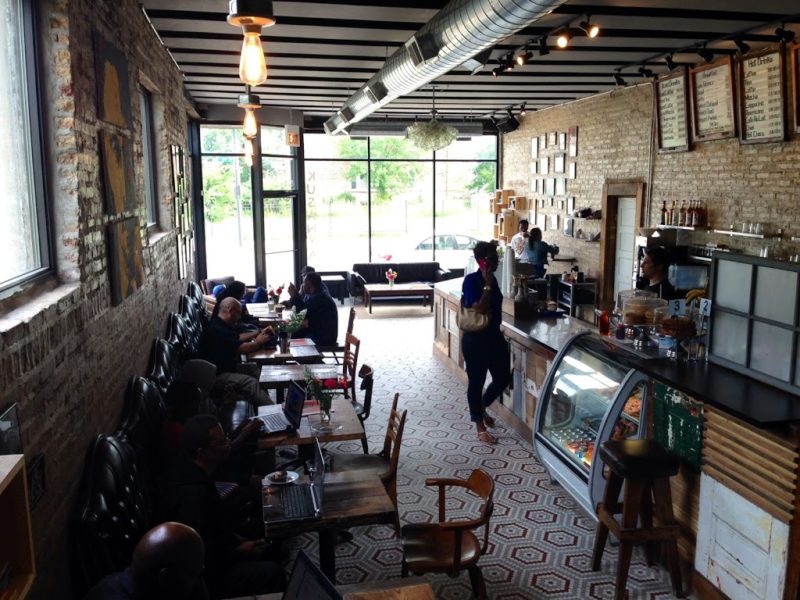
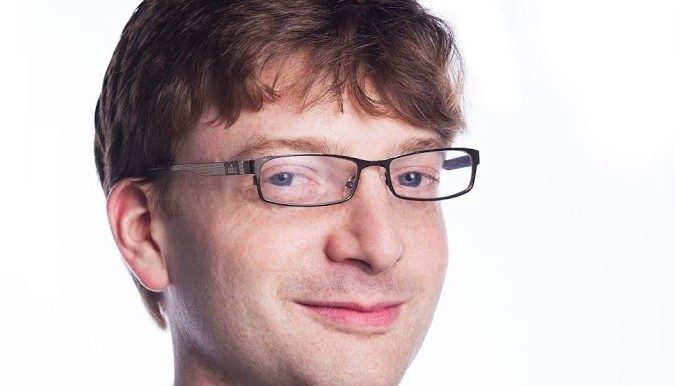
Pingback: This Week on the Internet | Chicago Ideas Blog